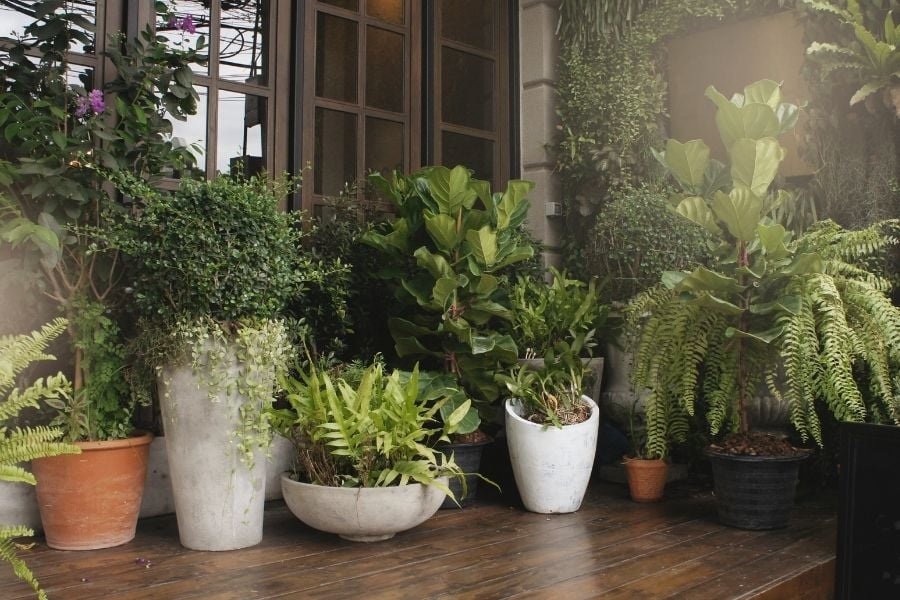The Ideal Start: Planters Designed for Young Plants
When it comes to ensuring the healthy growth and development of young plants, selecting the right planter is crucial. Just as we prioritize comfortable cradles for babies, plants too require a nurturing environment during their tender stages. In the gardening world, this specialized container is often referred to as a nursery planter. This article delves deep into the significance of nursery planters and why they’re an indispensable tool for every gardener.
Understanding the Nursery Planter
What is a Nursery Planter?
A nursery planter is a container specifically designed to accommodate the needs of young plants. These planters provide an ideal environment for seeds to germinate and young plants to grow before they’re transplanted to their permanent location. They are often characterized by:
- Sufficient depth: To allow roots to expand comfortably.
- Drainage holes: To prevent waterlogging and promote root health.
- Lightweight design: For easy transportation and handling.
Why Choose a Nursery Planter?
Optimized Growth Environment
Young plants are sensitive and vulnerable. Nursery planters create a controlled environment that protects them from external threats like pests, adverse weather conditions, and mechanical injuries.
Better Root Development
The unique design of nursery planters ensures that roots grow downwards, preventing them from circling around the container’s edges. This results in a stronger root system, which is essential for the plant’s overall health.
Easier Transplanting
With nursery planters, transplanting becomes a breeze. The young plants can be easily taken out without disturbing their roots, ensuring a smooth transition to their new home.
Features of an Ideal Nursery Planter
Designing for Growth
While there’s a plethora of nursery planters available in the market, it’s essential to choose one that caters to the specific needs of your plants. Here are some features to look for:
- Appropriate Size: The planter should be spacious enough to accommodate the growing roots but not so large that it hampers temperature regulation.
- Good Drainage: Excess water can be detrimental to young plants. Ensure the planter has sufficient drainage holes to prevent root rot.
- Durable Material: While being lightweight, the material should also be durable to withstand external elements.
- Flexibility: A slightly flexible planter makes it easier to remove the young plant without causing damage.
Types of Nursery Planters
Peat Pots
Made from compressed peat, these pots are biodegradable. Once the young plant is ready for transplanting, the entire pot can be planted into the ground, reducing transplant shock.
Plastic Pots
These are the most common type of nursery planters. They are lightweight, reusable, and come in various sizes and shapes. However, they are not biodegradable.
Fabric Pots
Fabric pots, often made from breathable materials, ensure excellent aeration for the roots. They prevent root circling and promote healthy root growth.
Conclusion
Nursery planters play a pivotal role in the early stages of a plant’s life. Whether you’re a novice gardener or a seasoned green thumb, understanding the importance of a good nursery planter can make all the difference in your gardening journey. Remember, it’s not just about planting a seed or a sapling; it’s about giving it the ideal start it deserves. So, the next time you decide to bring a young plant into your garden, ensure it begins its life in a nursery planter – the cradle of the plant world.

